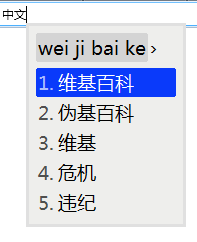This is a follow-up of my previous post, where I was trying to fix the bug #1042864 in Chromium: key strokes happening on native dialogs, like open and save dialogs, were not reported to the screen reader.
After learning how accessibility tools (ATs) register listeners for key events, I found out the problem was not actually there; I had to investigate how events arrive from the X11 server to the browser, and how they are forwarded to the ATs.



